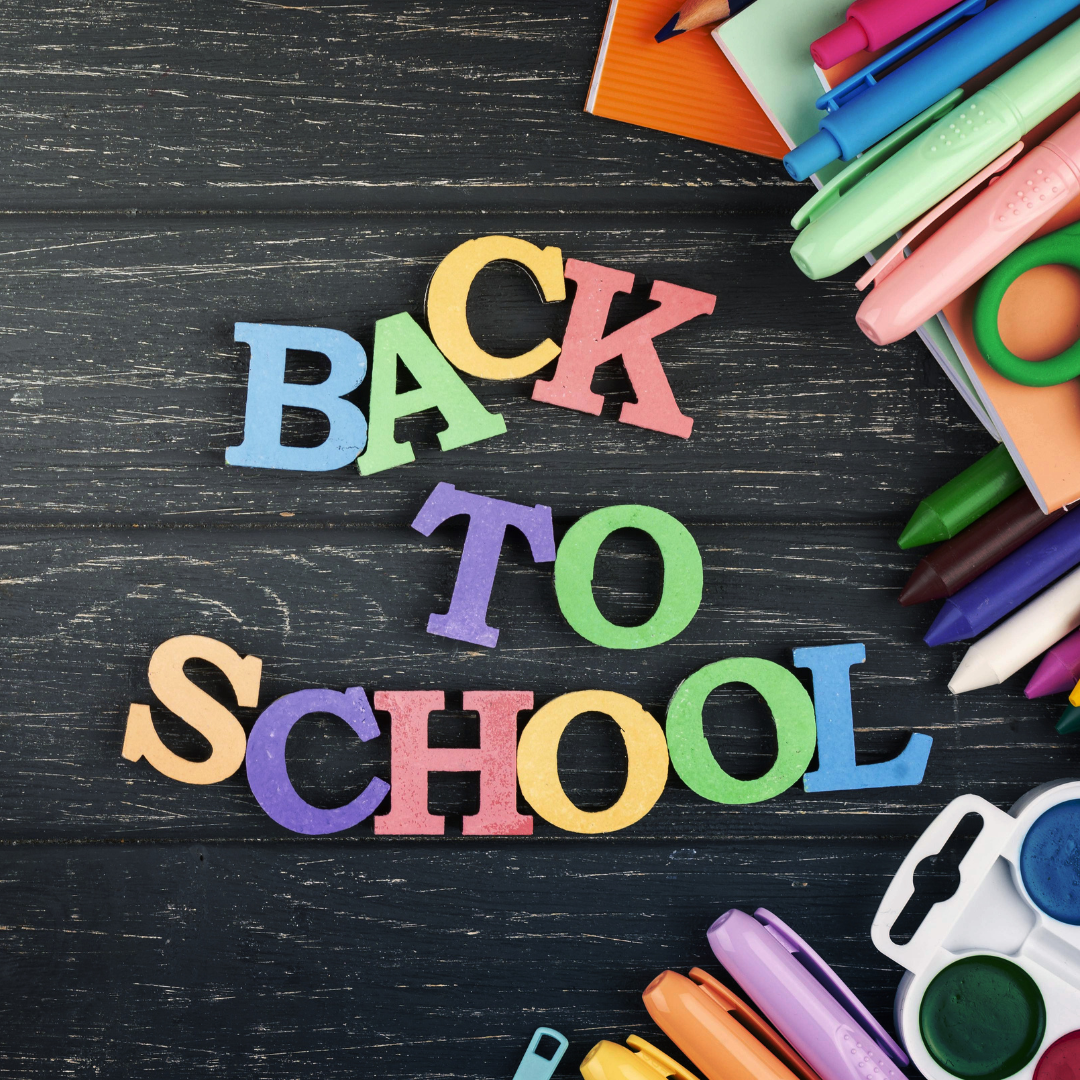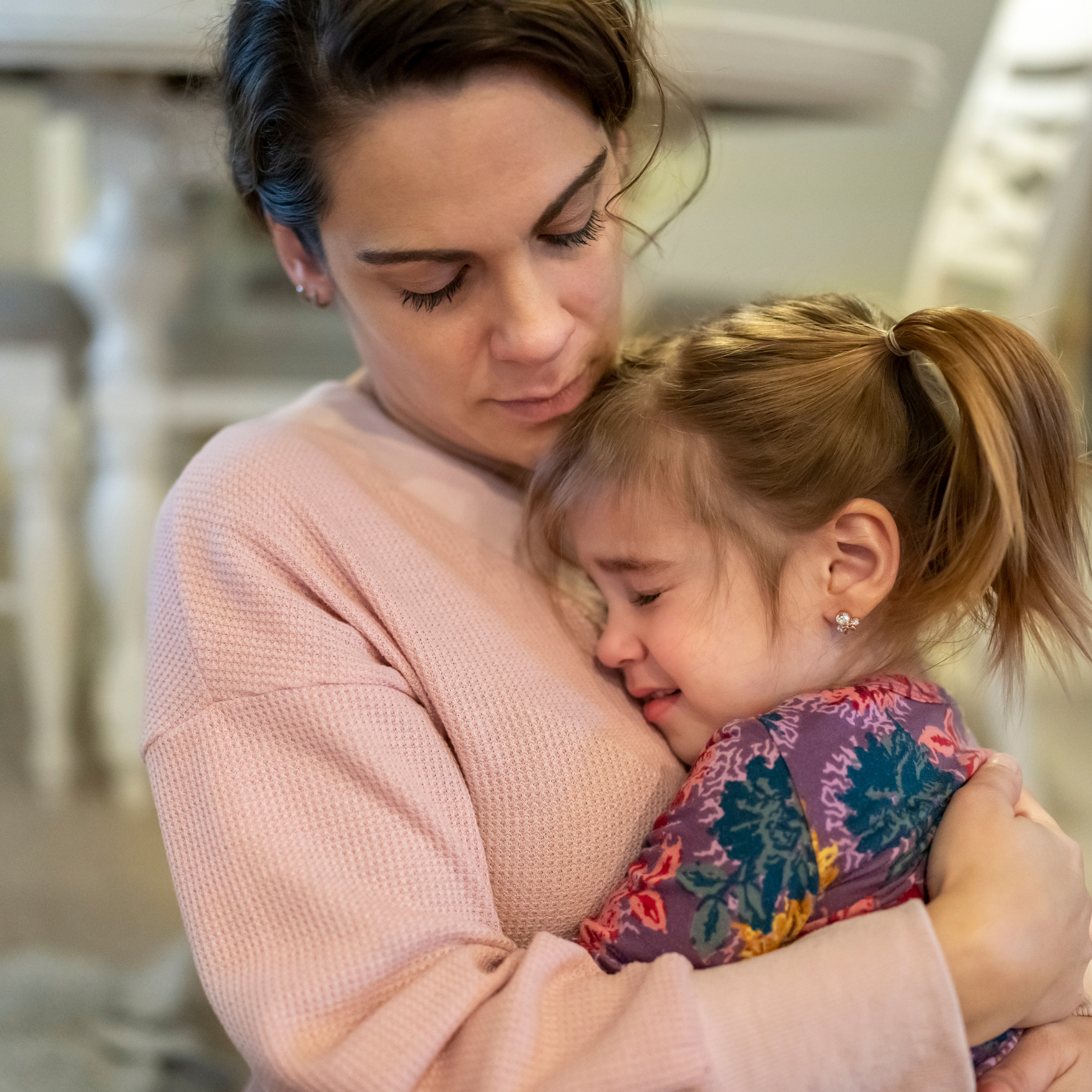For parents raising a child with autism or other developmental disabilities, the transition from school to adulthood can be both exciting and overwhelming. While individuals with an Individualized Education Plan (IEP) typically transition out of school between the ages of 18 and 21, it is crucial to begin preparing well in advance. Experts recommend starting the transition process by age 16, or even as early as 14. The school, family, and support team should collaborate to create a transition plan that will help guide the child’s transition into adulthood, covering areas such as employment, independent living, and community participation.
What should be included in a transition plan?
The Individuals with Disabilities Education Act (IDEA) outlines specific requirements for transition planning:
- A goal-oriented plan based on the individual’s strengths, interests, and accommodations
- Regular monitoring and revisions to the plan as the child grows
- A team-based approach tailored to the individual’s specific needs
- Parental knowledge and consent before any modifications to the plan
- Direct involvement of the child in setting goals and addressing their needs
- Support services to prepare the individual for post-high school life
- A summary of acquired skills and services to assist with post-school transitions
During the transition planning process, families and educators should work together to outline a clear vision for the child’s future. Consider these essential questions to help guide planning:
Education and Employment
- Will they continue with school, pursue a trade, or enter the workforce?
- What are their interests in terms of higher education or career paths?
- What job skills do they already have, and what do they need to develop?
Living Arrangements
- Will they remain at home with parents?
- Would they benefit from a supervised or supported living arrangement?
- Are they capable of independent living with minimal support?
Guardianship and Legal Considerations
- Will they act as their own guardian, or will a parent or another individual take on this role?
- Different states have varying age requirements for guardianship (typically 18 or 21), so research your state’s regulations.
By addressing these broader questions, families can identify the skills their child needs to acquire to achieve their goals. It’s essential to actively involve the child in these discussions and use preference assessment tools to guide decision-making. Additionally, seeking input from teachers, therapists, and other support staff can provide valuable insights.
What Happens After High School?
Once a child ages out of the school system, they transition from an IEP to an Individual Support Plan (ISP). An ISP includes broad life goals and the necessary resources and supports to achieve them. Work experiences during high school can help determine the best post-graduation options. Possible pathways include:
Employment Opportunities
- Secured or Segregated Employment – Provides extensive support in a structured setting, often resembling a vocational training or day program.
- Supported Employment – Involves ongoing job support within the community, such as job coaching or individualized workplace accommodations.
- Competitive Employment – The individual works independently in an integrated setting with only natural workplace supports.
Postsecondary Education
- Preparing for standardized tests such as the SAT
- Researching and selecting a suitable college or trade school
- Disclosing disabilities and obtaining accommodations to support academic success
Resources for Transition Planning
Transition planning requires a collaborative effort and access to the right resources. Below are helpful links that provide further guidance:
- Organization for Autism Research: A Guide for Transition to Adulthood
- Association for Science in Autism Treatment: Preparation for Employment
- Association for Science in Autism Treatment: Working in the Community – A Guide for Employers
Families should also connect with state-specific agencies, such as the Division of Developmental Disabilities (DDD) or the Division of Vocational Rehabilitation Services (DVRS), to explore available support programs. By planning ahead, families can empower their child to navigate adulthood with confidence and independence.
Discover more about the adult services GBS offers here. Interested in starting services? Contact us to get the process started!













